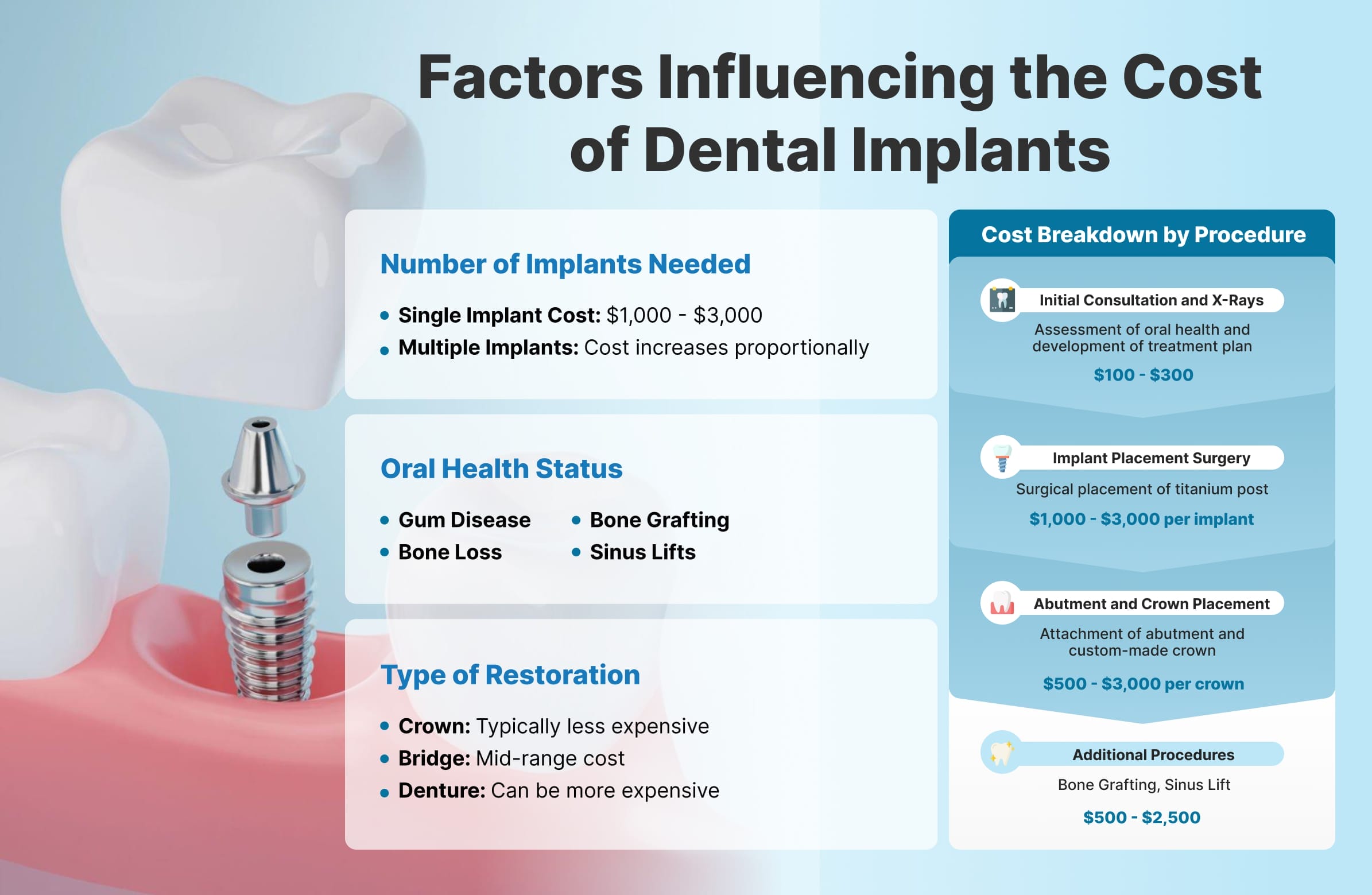Dental visits can be intimidating for children, but with thoughtful preparation, they don’t have to be. Many children experience anxiety about dental appointments, often stemming from fear of the unknown or picking up on parents’ own dental anxieties. Creating positive experiences from the start helps establish lifelong healthy dental habits and prevents fear from developing.
Before the Appointment: Setting Your Child Up for Dental Success
The groundwork for a positive dental experience begins long before you step into our office. Here’s how to prepare your little one for a stress-free visit.
Choose a Pediatric Dental Specialist
Pediatric dentists receive additional training specifically focused on treating children and understanding their unique developmental needs. Our office is designed with kids in mind—from colorful waiting rooms to smaller dental tools that fit comfortably in children’s mouths. Our team speaks “kid language” and knows exactly how to explain procedures in ways that are reassuring rather than frightening. Knowing what to expect during your child’s first visit to dentist can make this introduction smoother and more enjoyable for both you and your child.
Read Children’s Books About Dental Visits
Books are powerful tools for preparing children for new experiences. Stories featuring favorite characters visiting the dentist can normalize the experience and address common fears. Some excellent options include:
- “Peppa Pig: Dentist Trip”
- “The Berenstain Bears Visit the Dentist”
- “Just Going to the Dentist” by Mercer Mayer
- “Curious George Visits the Dentist”
Reading these stories together opens opportunities for your child to ask questions in a comfortable setting.
Play “Dentist” at Home with Stuffed Animals
Role-playing dental visits at home can make the real thing feel more familiar. Set up a pretend dental chair and take turns being the dentist and the patient with your child. Use a toothbrush to count their teddy bear’s teeth or examine dolls with a small mirror. This playful approach teaches children what to expect while giving them a sense of control.
Keep the play positive—avoid drilling sounds or any pretend scenarios involving pain. Instead, emphasize how the dentist helps keep teeth healthy and strong.
Communication Strategies for Dental Success
The way you talk about dental visits significantly impacts how your child perceives them. These communication strategies can help transform potential anxiety into positive anticipation.
Explain the Visit Using Age-Appropriate Language
Tailor your explanation to your child’s developmental level. For younger children (2-3), keep it simple: “The dentist will count your teeth and make sure they’re strong.” With older children (4-5), add more details: “The dentist will use a tiny mirror to see all sides of your teeth and a special toothbrush that tickles to clean them.” School-aged children (6+) can understand more thorough explanations about X-rays and professional cleaning.
Be honest but selective about what you share. Children don’t need to know every detail—focus on the positive aspects of the visit.
Avoid Negative Words Like “Hurt,” “Pain,” or “Shot”
Children are highly sensitive to language. Use neutral alternatives that don’t trigger fear. Replace concerning terms with gentle descriptions of sensations like pressure or coolness. Discuss the helpful purpose of dental tools rather than how they might feel.
Even well-intentioned reassurances can sometimes introduce anxiety where none existed. Maintain a casual, matter-of-fact tone when discussing the appointment.
Watch Child-Friendly Videos About Dental Visits
Visual preparation can be extremely effective for children. Many pediatric dental offices have their own virtual tours on their websites or social media channels. You can also find age-appropriate videos featuring cartoon characters or real children having positive dental experiences. Watch these videos together so you can answer questions and reinforce positive messages.
Discuss the Importance of Healthy Teeth
Help your child understand why dental visits matter by explaining the practical benefits of strong teeth. Focus on how healthy teeth enable them to enjoy their favorite foods, speak clearly, and display their wonderful smile.
Use positive language that emphasizes benefits rather than consequences. Frame dental care as something that keeps teeth strong and healthy rather than something that prevents negative outcomes.
Your attitude sets the tone for the entire experience. Maintain a calm, positive approach that communicates confidence in both the dental team and your child’s ability to handle the visit successfully.
Creating a Positive Experience During the Appointment
Even with thorough preparation, the actual dental visit can still feel overwhelming for children. These practical strategies will help create a smooth, comfortable experience during the appointment itself.
Bring Comfort Items
A special toy, blanket, or stuffed animal can provide significant emotional support during a dental visit. These familiar objects offer security in an unfamiliar environment and give your child something comforting to hold onto. Many pediatric dentists encourage bringing these items, understanding their importance in creating a sense of safety and normalcy.
If your child has a comfort item they particularly treasure, consider bringing it along—just make sure it’s washable, as it may come into contact with dental materials.
Use Distraction Techniques
Engaging your child’s attention elsewhere can be remarkably effective during dental procedures.
Consider these options:
Headphones with favorite music or stories can block out unfamiliar dental sounds while providing entertainment. Many pediatric dental offices offer ceiling-mounted televisions or tablets with child-friendly programming. Some children benefit from squeezing a stress ball or manipulating a fidget toy to channel nervous energy.
The most successful distractions engage multiple senses and capture your child’s imagination, drawing attention away from the dental work.
Stay Visible in the Room
Your presence provides essential emotional security for your child. Position yourself where your child can see you, even if it’s just your face or a reassuring hand to hold. Make eye contact and offer encouraging smiles throughout the procedure.
Some dental offices have policies about parent presence during certain procedures. If this is the case, discuss your options beforehand and explain to your child exactly when and why you might step outside briefly.
Use Positive Reinforcement
Acknowledge and celebrate your child’s cooperation throughout the appointment. Specific praise, like acknowledging how well they kept their mouth open or how brave they were during the examination, is more effective than generic compliments.
Many pediatric dental offices incorporate reward systems like sticker charts or small prizes. These tangible acknowledgments of courage and cooperation can transform the dental visit into something your child looks forward to.
After the appointment, continue the positive reinforcement by planning a small, non-food reward or special activity. This creates a positive association with dental visits and gives your child something to look forward to next time.
Remember that dental anxiety is common and normal. By implementing these strategies, you’re not only helping your child through the current appointment but also building a foundation for a lifetime of positive dental experiences.
Smiles for a Lifetime Building Dental Confidence
These strategies help your child develop positive associations with dental care that will last a lifetime. Each successful visit builds confidence and reduces anxiety for future appointments. Creating comfortable dental experiences now establishes excellent oral health habits that your child will carry into adulthood.






